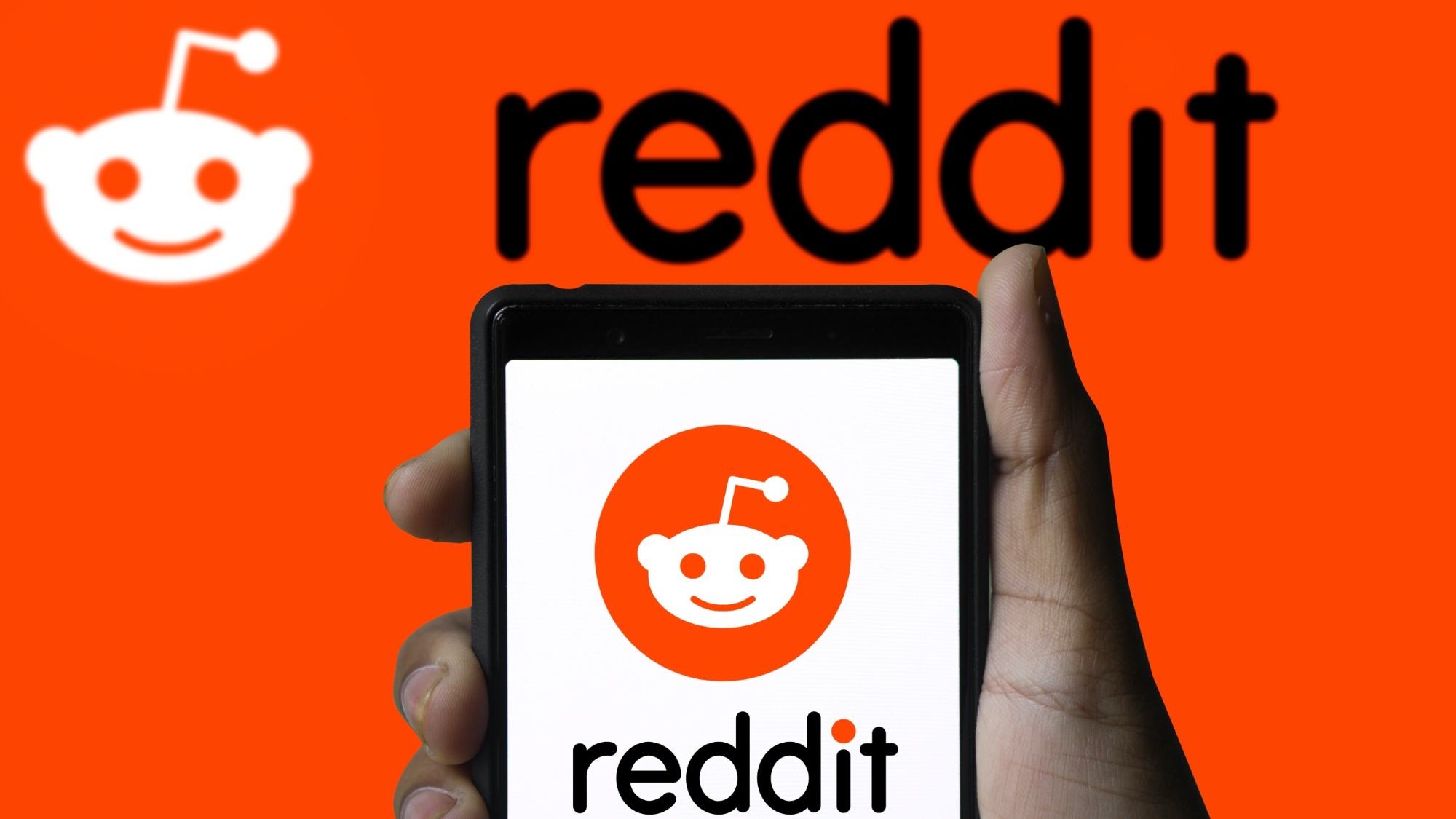Best budget TVs of 2025: Three TVs that look great and don't break the bank
These budget TVs offer better-than-expected performance for their price
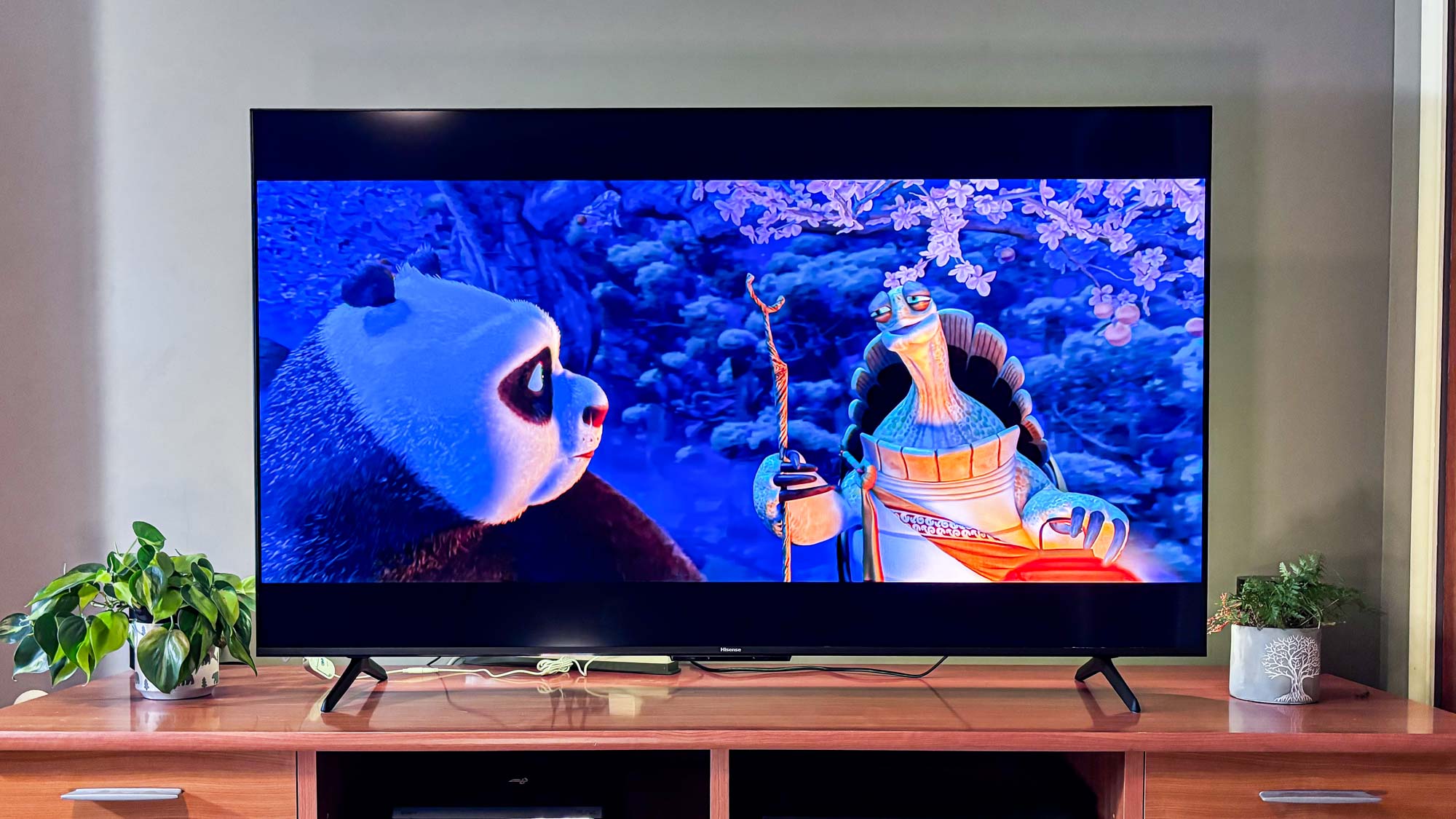
If you're looking for the best budget TVs you've come to the right place. We've seen, tested, reviewed, and experienced a motley crew of TVs over the years and now just what it takes to be one. The secret? The best budget TVs shouldn't sacrifice well-rounded performance in the face of a better price point.
These TVs, while cheaper, should still provide ample specs that meet most needs and span the range of sizes to give your home the entertainment system it deserves.
With new 2025 models from Hisense and TCL just rolling out to the public now, it's a great time to save big on 2024 models like the TCL QM7 down below. It's available for under $500, and it's our go-to budget pick.
The quick list
Here's a quick overview of the best budget TVs you can buy right now based on our testing and reviews. And keep up on scrolling if you want to see our in-depth analysis of all the top TVs for every budget.
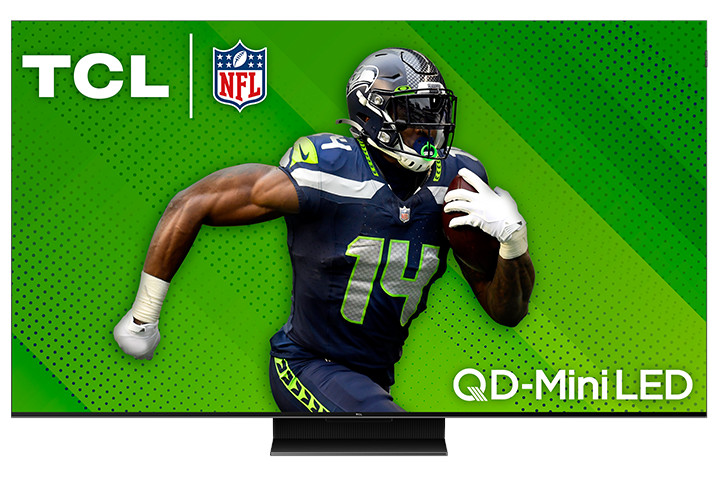
Best under $500
The TCL QM7 is the absolute best TV under $500. It has a high refresh rate (120Hz, up to 144Hz when connected to a gaming PC) and a Mini-LED lighting system. You can't do any better at this price.
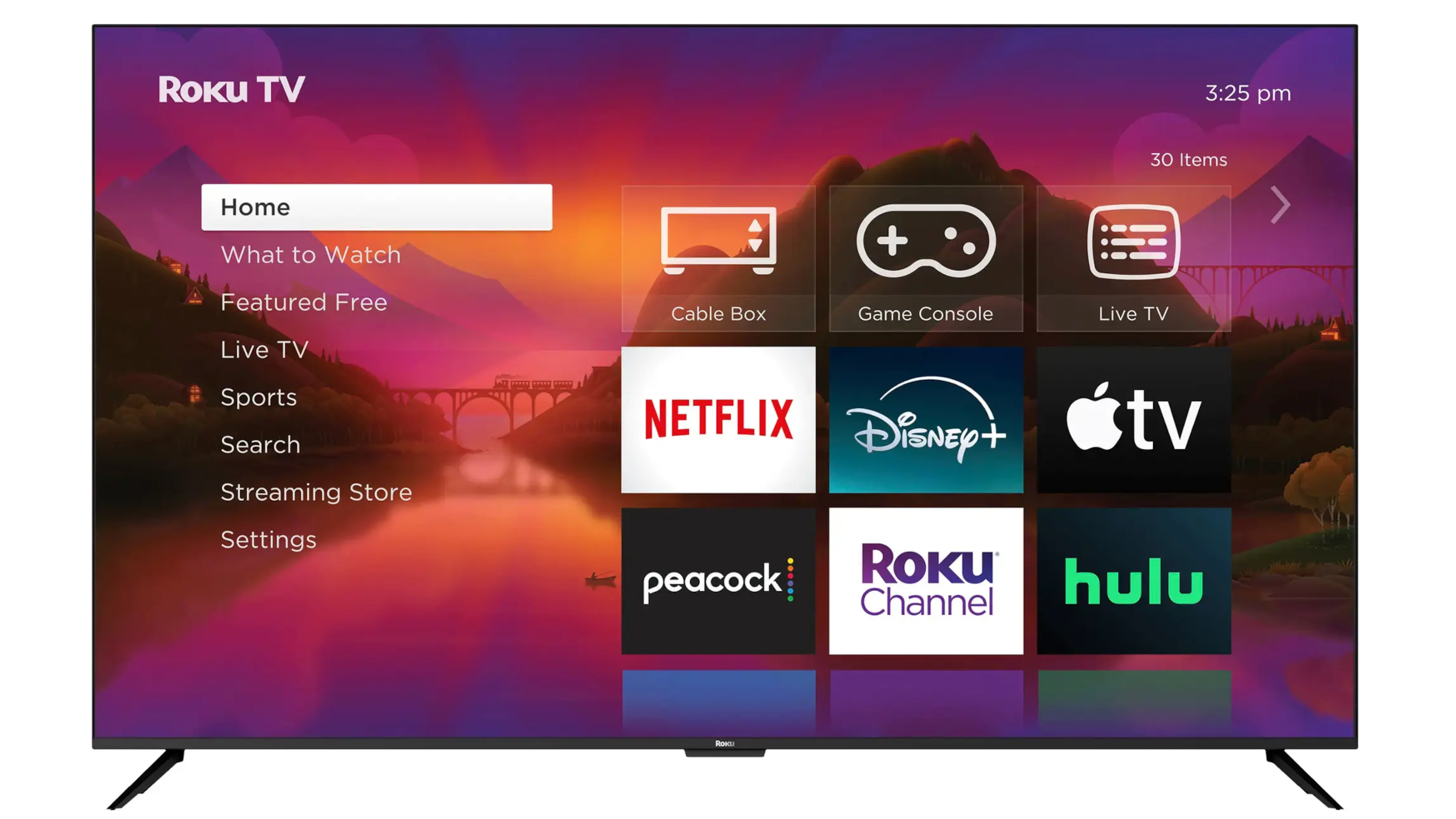
Runner-up budget
The Roku Plus Series offers around 80% of what the QM7 offers for around $100 less. It has a lower refresh rate (60Hz) and lacks HDMI 2.1 ports, but this QLED TV is great at the basics and, for under $400, is the best you can get.
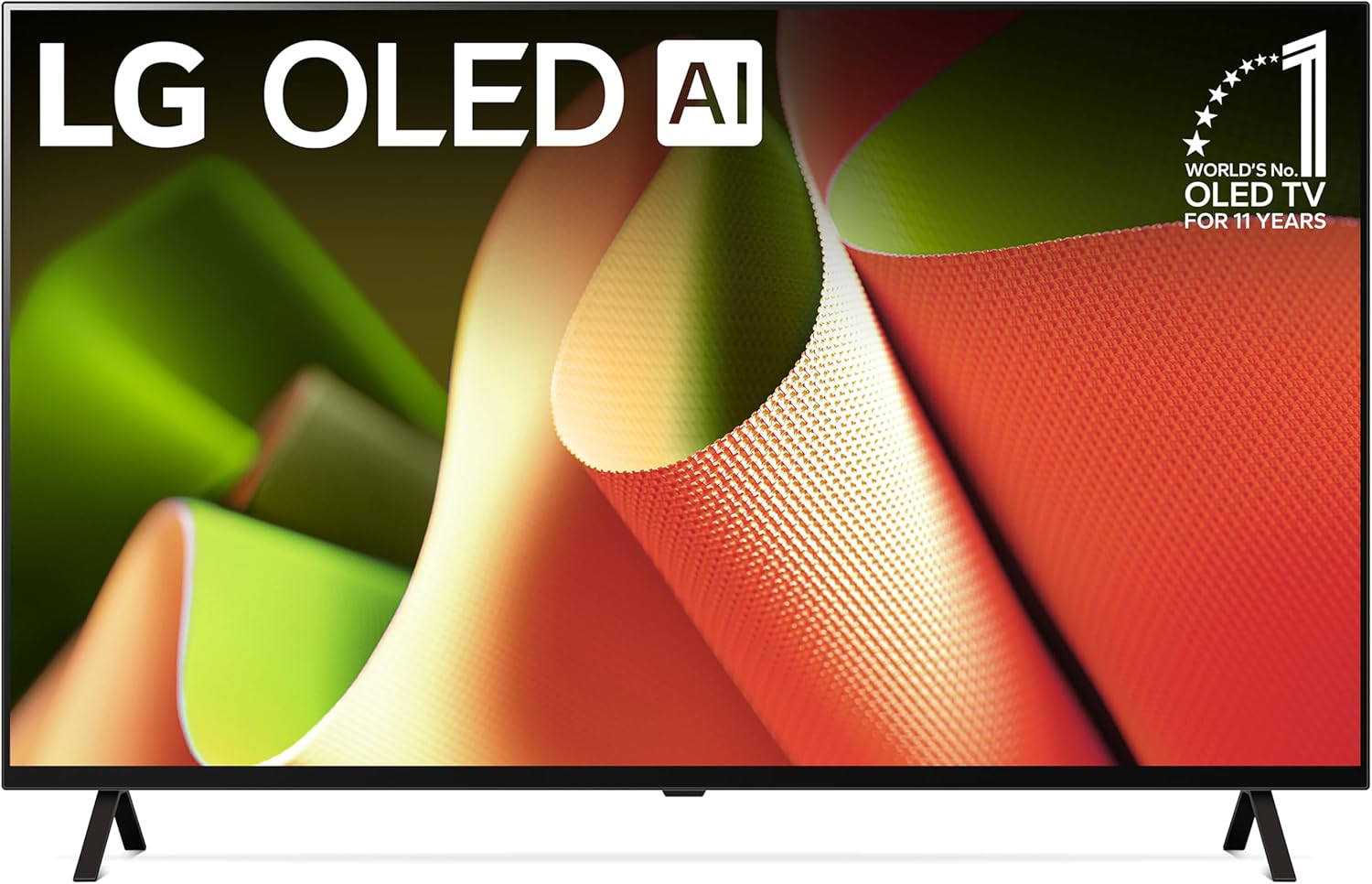
The best OLED TV
You get the LG B4 OLED because it's an LG OLED TV, one with all the right features at an unbeatable price. There are just so few OLED TVs that can match the B4's price nor its feature set.
What to avoid when buying a budget TV
You might be tempted to look at this list and think, "You know what? I'm just going to go with the cheapest TV I can find. I'm sure it will be fine."
Please don't do that, unless you specifically need a TV smaller than 40 inches and you don't care about that TV's performance.
If you're shopping for a TV larger than 40 inches, stick to reputable brands with good warranties and good specs. To that end, not every TV you buy needs to have a 120Hz refresh rate and a full suite of HDMI 2.1 ports (though it's something we recommend for gamers), we do highly recommend buying a Mini-LED TV.
These TVs will deliver the best performance at this price point, and there are several amazing options out there from the likes of TCL and Hisense.
The full list: Best budget TVs in detail
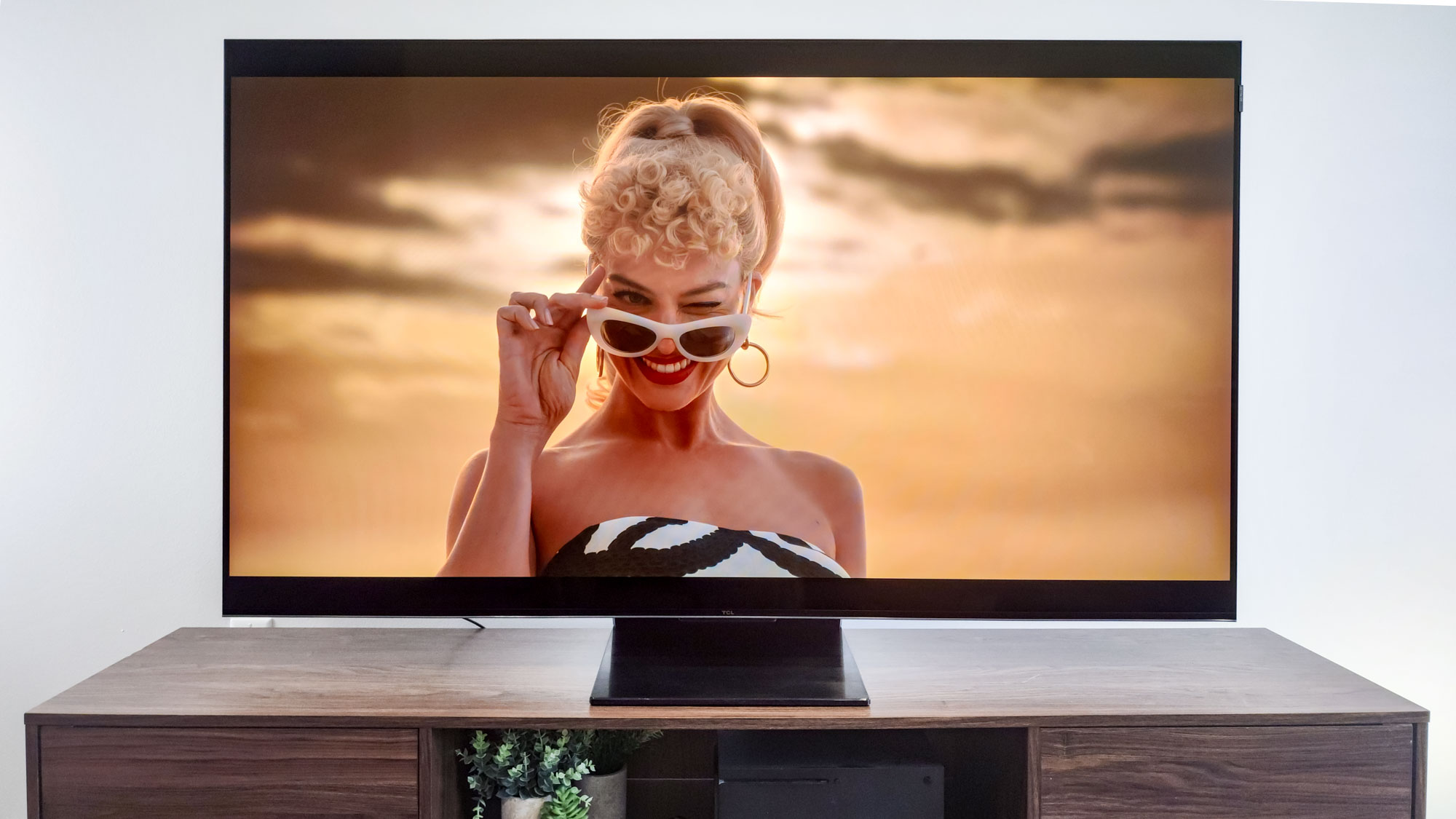
Specifications
Reasons to buy
Reasons to avoid
When I saw the TCL QM7 at CES, I knew it was going to be this year's winner for best budget TV. It packed in all of the most important TV technologies (Mini-LED backlighting, HDMI 2.1 ports, a 144Hz refresh rate) with a price that just can't be beat.
To be clear only the 55-inch version of this TV is under $500, which can be a bummer if you wanted a big-screen TV to fill a whole wall, but what you're paying for here is great picture quality, especially when watching HDR content. In a 10% window, the QM7 peaked at 1732 nits in our benchmark tests. That's higher than the Hisense U7N, the Roku Pro Series and even Sony's Bravia 7 Mini-LED TV.
I don't think it's a perfect TV as its upscaling doesn't always do the best job of taking sub-1080p content up to 4K resolution, and it lacks an ATSC 3.0 tuner, but the fact that you're getting multiple HDMI 2.1 ports here more than makes up for its shortcomings.
For friends and family looking for a sub-$500 TV, the TCL QM7 is what I recommend.
Read our full TCL QM7 Mini-LED TV review.
Best Budget TV Runner-up
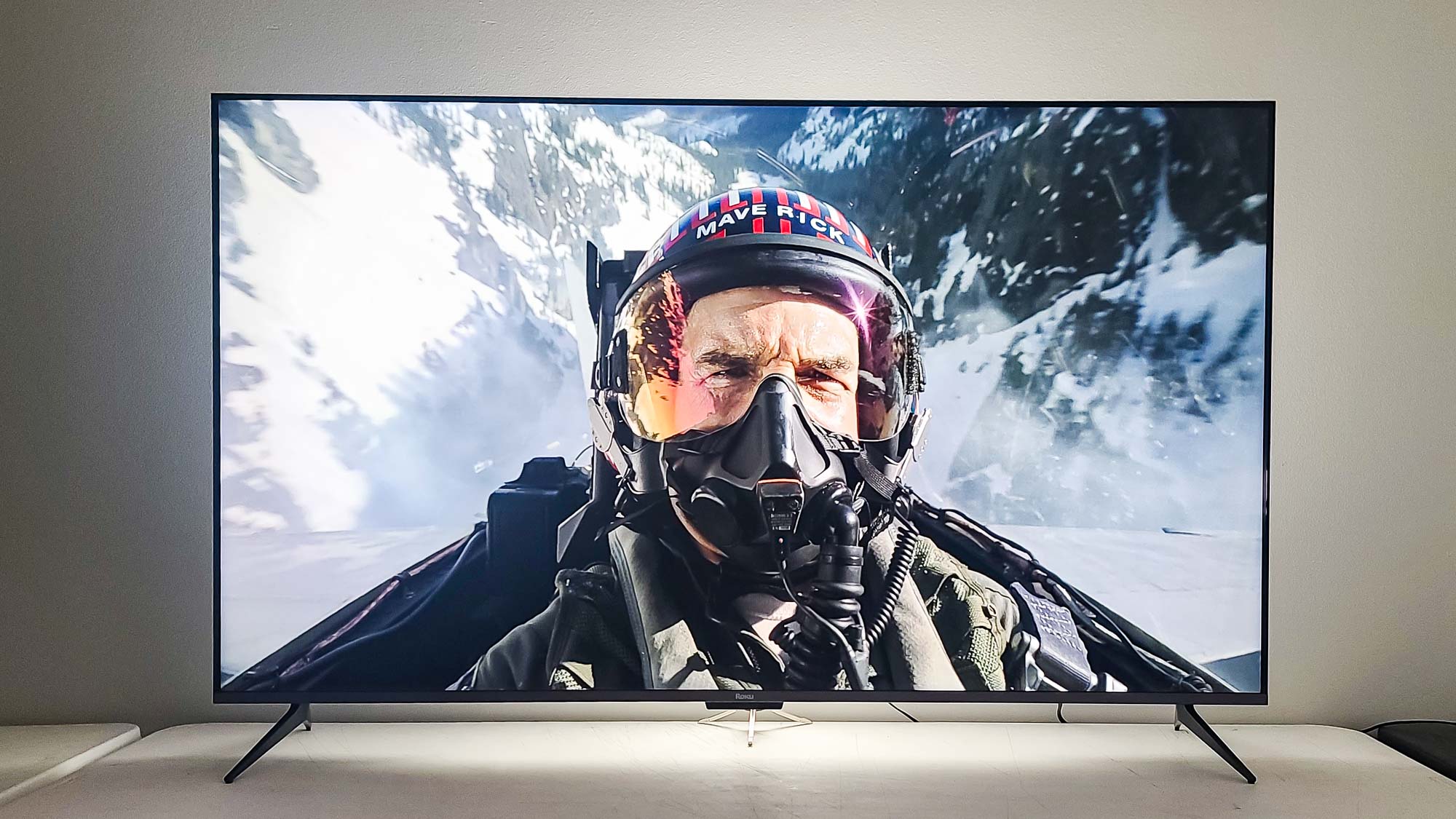

Specifications
Reasons to buy
Reasons to avoid
When you think of Roku, you probably think streaming players. But a few years back, one of the biggest names in streaming started making its own TVs. Thus, the Roku Series of TVs was born.
Currently, there are three versions of Roku TVs out there. There's the entry-level Roku Select, the mid-range Roku Plus, and the newest top-of-the-range Roku Pro Series. While the Pro is a great TV, the Plus offers the best value at just $399 for a rock-solid QLED TV with high levels of brightness, decent contrast and vibrant color.
In our benchmark tests, the Roku Plus Series reached a peak brightness of around 460 nits, which is a lot less than our top pick, but still good for this price range. The biggest surprise here is that its color volume was enormous, a whopping 81.27% of the Rec2020 color standard. That's better than TVs twice this price. You'll still have to be careful about what mode you set it to (Dynamic is garish) but when it's all dialed in, this is a great-looking TV at an unbelievable sticker price.
Read our full Roku Plus Series review.
Best Budget OLED

Specifications
Reasons to buy
Reasons to avoid
Look, nothing beats the value of the TCL QM7, but performance-wise? The LG B4 OLED kicks its $500 butt. Why? This is an OLED TV! One with a 120Hz native panel, rich, accurate colors, excellent upscaling and an input latency of just 9.7ms. In short, it's a great pick whether you plan on watching movies, kicking back with TV shows or playing games on an Xbox Series X or PS5.
In terms of performance, it hits a peak brightness of 659 nits in HDR (628 in SDR) and has the ability to cover 99.9724% of the Rec709 color space and a color accuracy (measured by a Delta E value) of 0.8. That means, when you take this TV out of the box, you're going to see more vibrant and more accurate colors than you've probably ever seen on a TV before.
There are some drawbacks I want to point out though. For one, the audio isn't the best on the LG B4, so you'll probably want to figure in a soundbar when planning to plunk down on this OLED. Second, the screen is surprisingly reflective. You'll really enjoy this in a room where you can lower the blinds in the daytime and turn off the lights at nighttime. It still looks fine during the day, but the glare can be bad if you put it directly in front of a window. Those minor issues aside, I love this TV.
Read our full LG B4 OLED review.
Best Budget TVs Test Results
TV | Peak Brightness (tested) | Delta-E (tested) | BT2020 Color Volume (tested) | Input Lag (tested) |
LG B4 OLED | 659 nits | 0.8 | 74.92% | 9.7ms |
Roku Plus Series | 648.10 nits | 2.6011 | 80.54% | 11.5ms |
TCL QM7 | 1732 nits | 1.95 | 78.62% | 13.2ms |
Other budget TVs we tested
- TCL S4 4K TV: The TCL S4 is often name-dropped when talking about budget TVs, but our testing shows that this mainstay isn't all it's cracked up to be. Its SDR brightness was less than half of the Hisense U6 and the U6 blew it out of the water on color saturation. For the money, the U6 is the better option.
- LG UR9000: Our reviewers were unimpressed with this TV's poor audio and color saturation.
- Samsung CU7000: Low brightness and poor color saturation should keep you away from this ultra-budget set from Samsung.
- Samsung CU8000: It has an affordable price tag and low latency that gamers will like, but the upscaling, motion processing and overall picture performance leaves a lot to be desired.
- Amazon 2-Series TV: This HD model has a decent built-in smart platform, but otherwise has poor performance across the board.
How to choose the best budget TV for you
Buying a budget TV definitely means making a few sacrifices (2,000-nit brightness on a budget TV? No way) but hopefully now you know that you can find the essential features at an affordable price. So what should you be on the lookout for when buying a budget TV model?
4K resolution: 4K resolution is so affordable, and the quality so much better than 1080p or 720p, that we always recommend going for 4K. Unless you're on a shoestring budget, getting a proper 4K TV won't even cost you much money, but you will notice the difference.
Screen size: You may not always be able to score a premium 65-inch TV for under $500, but you can still get a decent 55-inch model, so don't settle for some dinky 43-inch set unless it's the right size for the space.
HDR support: If there's one feature we recommend, it's high dynamic range (HDR). Even basic HDR support provides better color, brighter highlights and richer shadows, giving you a better picture in every respect. If you can find a set with Dolby Vision, that's even better, but you may pay more for that feature.
Connectivity: More HDMI ports are always better, so you don't find yourself having to awkwardly swap plugs on the TV every time you want to fire up a Blu-ray or jump into a game.
Gaming: For affordable gaming TVs, we recommend looking for sets with higher refresh rates of 60Hz, but the latest Xbox Series X and PS5 consoles can actually go higher. Lag time is another concern, so check out individual reviews to find sets that have a lag time of shorter than 20 milliseconds for the best performance.
What features are worth paying more for?
Why you can trust Tom's Guide
Budget TVs are great. They are. And yet, you might be wondering what you're missing by not spending the big bucks on a flagship model. Unfortunately, there are a few features that you just simply can't find on a budget TV model unless you're willing to flex the budget a bit.
Screen size: This one is a given. Unfortunately, you're not going to get a 75-inch or 85-inch TV for the same price as a 55-inch model. Bigger screens cost more money. It's like the law of gravity. Now, you can find a 75-inch TCL 4-Series for around the cost of a 65-inch 6-Series, but there are trade-offs in other areas to get that bigger size.
Class-leading picture quality: It's a shame, but you can't get class-leading picture quality on a budget. You can get close (see: the TCL 6-Series) but you'll never get an LG OLED or Samsung QLED TV's performance at the same price as, say, the TCL 5-Series. That means missing out on the best contrast, best color saturation, best upscaling and motion handling, and the best speed when navigating the UI.
Sound quality: Oof, we've all heard awful-sounding TVs and they can ruin the whole experience. While today's budget TVs do a lot of things well, sound quality isn't one of them. If you're going for something that's super cheap, expect weak and tinny sound from 10W speakers. The good news? You can buy a super cheap TV and then add one of the best soundbars later to get better audio.
How we test the best budget TVs
Evaluating TVs is about more than just kicking back to watch a movie. We lab test every TV, measuring color gamut, color accuracy and brightness to objectively see which sets are the best for these key indicators. We also test for lag time – a key detail for gaming – measuring to the millisecond how long it takes for content to travel from the original source to the screen. We use these results to make numbers-based comparisons about color and display quality.
We also spend time with each set for real-world evaluation and see how our lab results translate into more subjective performance. We also compare sets side by side and view samples from the latest movies, specialized test patterns that highlight strengths and weaknesses of each display, and a range of content across several sources. With that information, we can tell you which TVs look best, sound best and offer the best viewing experience.
Finally, we evaluate the smart TV functions and apps for each TV, looking at everything from the remote control design to the voice interaction.
We put all of that data together with our real-world testing and stack it against the price of the TV. The result is a score that we feel best represents the totality of that model, and how well it stands up against its contemporary rivals. A TV that scored highly five years ago may not score as highly against a newer model, but we do our best to update reviews when newer models become available.
Interested in a specific TV brand, price range or screen size? Check out our picks for the best TVs in each.
Best TVs | Best 4K TVs | Best smart TVs for streaming | Best TVs for gaming
The best TVs under $1000 | The best TVs under $500 | Best Budget TVs
Best TV brands | Best Samsung TVs | Best TCL TVs | Best LG TVs | Best Roku TVs | Best OLED TVs | Best QLED TVs | Best 8K TVs | Best HDMI 2.1 TV | Best TVs with ATSC 3.0 | Best TVs with Chromecast
The smallest smart TVs | Best 43-inch TVs | Best 50-inch TVs | Best 55-inch TVs | Best 65-inch TVs | Best 70-inch TVs | Best 75-inch TVs | Best 85-inch TVs
Sign up to get the BEST of Tom's Guide direct to your inbox.
Get instant access to breaking news, the hottest reviews, great deals and helpful tips.
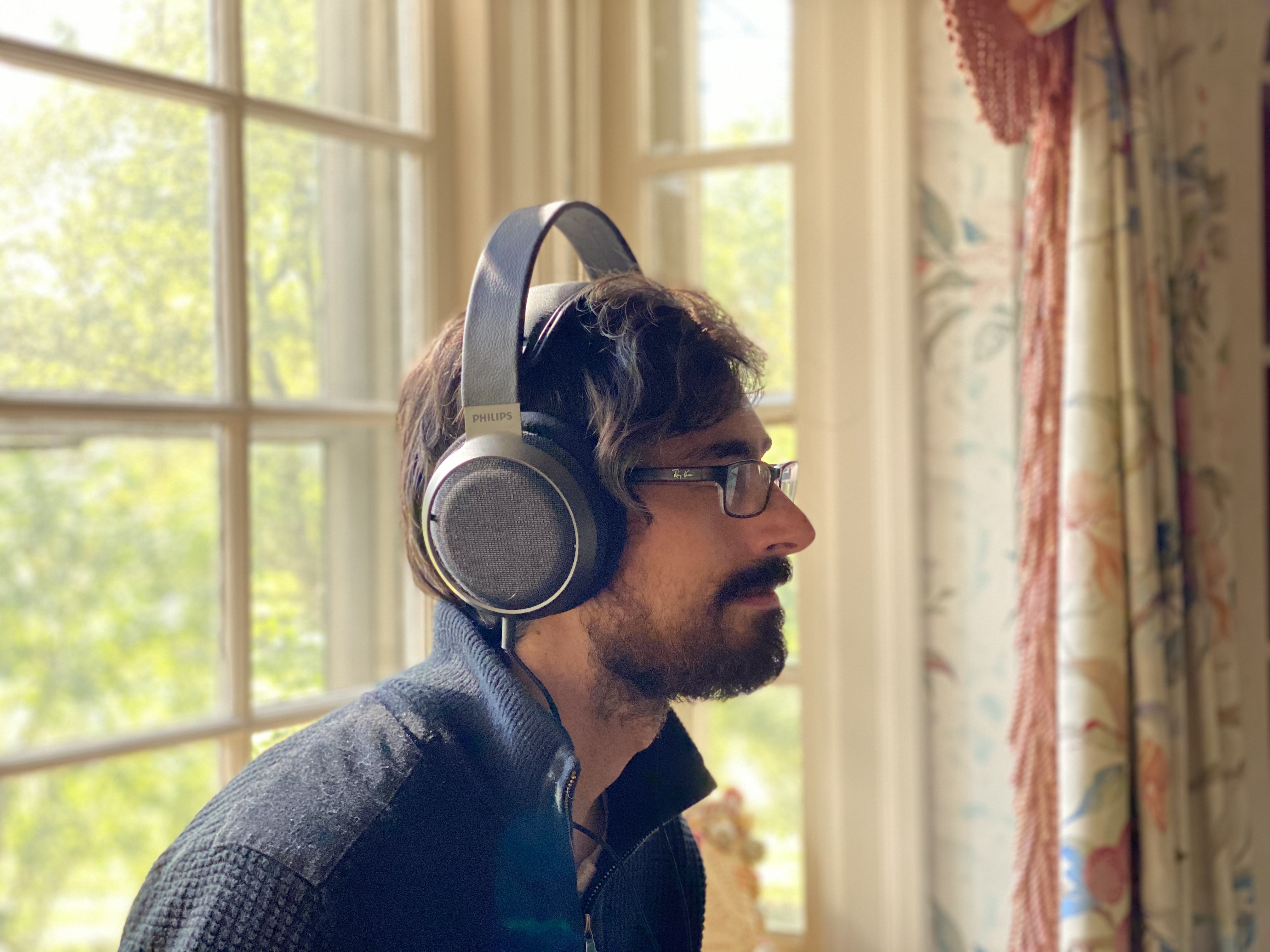
Nick Pino heads up the TV and AV verticals at Tom's Guide and covers everything from OLED TVs to the latest wireless headphones. He was formerly the Senior Editor, TV and AV at TechRadar (Tom's Guide's sister site) and has previously written for GamesRadar, Official Xbox Magazine, PC Gamer and other outlets over the last decade. Not sure which TV you should buy? Drop him an email or tweet him on Twitter and he can help you out.
